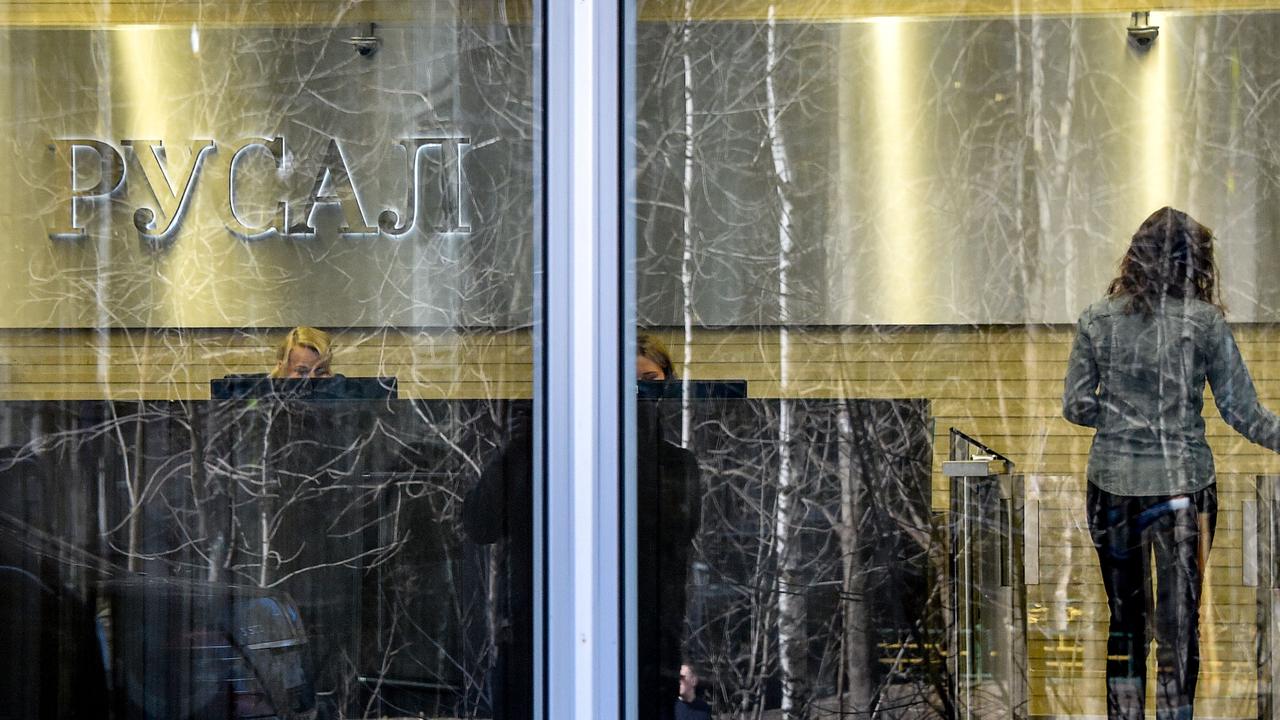Treasury Wine Estate’s cup runneth over
The underlying strategy Clarke brought to Treasury was “premiumisation,” supported by a bigger investment in marketing of the core international brands and paid for by supply chain efficiencies.
Clarke doubled up on the strategy with last year’s $754 million acquisition of Diageo’s US and UK wine businesses.
The results are evident and flowing at an accelerating rate. Treasury’s July guidance of earnings before interest, tax and SGARA (EBITS) has been slightly exceeded, with EBITS of $342m 52 per cent higher than last financial year.
What is notable within the result is that while its base business (ex-Diageo) experienced minimal volume growth of only 0.2 per cent, its net sales revenue was actually up 9.4 per cent and net sales revenue per case increased 9.2 per cent. EBITS in that base business were 37.2 per cent higher and the EBITS margin was up 3.1 percentage points to 15.2 per cent.
That core Treasury (TWE) business, therefore, reflects the strategy of margin over volume as Clarke tilts the portfolio increasingly towards the premium or “masstige” segment of the market. With the Diageo business included, the EBITS margin was 15.3 per cent.
The acquisition of the Diageo business was a bold one, given that when the deal was struck last October the Treasury rehabilitation remained, as it still does, a work-in-progress.
It was critical, however, to Clarke’s game plan for the historically underperforming US business and his goal of strengthening the group’s US platform and his masstige portfolio. That goal was given a sharper focus earlier this year when Treasury sold a dozen of its US commercial brands.
The acquisition appears to be paying off at a number of levels. Bolstered by six months contribution from the Diageo businesses, the Americas base operations shed 3.4 per cent of their volume but the enlarged business grew volume 5.8 per cent. Net sales revenue was up 14.9 per cent and the overall EBITS margin grew 3.1 percentage points (1.2 points on a constant currency basis) to 13.8 per cent.
Once the impact of the sale of the commercial wine brands washes through and Treasury gains the full impact of the Diageo acquisition, the shift towards a higher-margin, brand-driven portfolio in the US ought to be even more evident.
With the Diageo portfolio itself there has been change as Treasury continues to exit unprofitable volume-driven brands — the Diageo business had an EBITS margin of 16.5 per cent in the six months that Treasury has controlled it — but there is a broader impact on Treasury from that deal as it is helping to expand the group’s supply chain optimisation program.
Treasury’s cost of doing business margin fell from 22.7 per cent to 22.1 per cent over the year and it says it now expects the run-rate of gains from the program to rise from the previous target of $80m to $100m by 2020. The synergies from the Diageo acquisition, originally estimated as generating a run-rate of $US25m, have been increased to $US35m by 2020.
The combination of the premiumisation of the portfolio, Treasury’s bigger and more focused marketing investment and the increased savings in the supply chain will drive, it believes, further expansion of its EBITS margin, which it says will be in the “high teens” in the current financial year — two years ahead of its original target.
What would be particularly pleasing to Clarke is that the improvement is occurring across the regions.
Australasian EBITS were up 3.8 per cent (8 per cent on a constant currency basis), the Americas 63.8 per cent (25.3 per cent) Europe 198 per cent (28.9 per cent) and Asia 39.9 per cent (44.5 per cent), with margin improvement in every region.
The other aspect of the result that provides some confidence of its underlying sustainability is that it wasn’t driven by drawing on Treasury’s pool of latent profitability from its big inventories of premium wines. In fact the make-up of Treasury’s inventory reflects the overall strategy.
Total inventory rose $344m to $1.6 billion, with a $255m increase in luxury wine inventory to $798m, or 44 per cent of the total. There is also $393m of masstige wine (25 per cent of the inventory) while the $391m of commercial wines represents a similar percentage but is down from 30 per cent of the total in the previous financial year.
The build-up of higher-margin, brand-driven stocks should help underwrite Treasury’s future performance.
In the meantime, shareholders have received a six cents per share increase in annual dividend, to 20 cents a share. That’s on capital expanded by the $486m capital raising for the Diageo acquisition.
Despite the increased number of shares on issue, underlying earnings per share (before SGARA and material items) more than doubled, from 11.7 cents to 25.1 cents a share.
The other aspect of the result that would please Clarke is that the bold move of shifting release dates for Treasury’s key brands, most notably Penfolds, to enable the group to market and sell them throughout the year, is spreading their earnings far more evenly across the year.
That allows the group to better manage their global impact and diversify of its revenue and earnings base. What it describes as its “priority brand” portfolio now drives more than 85 per cent of its total net sales revenue.




This is the financial year when Treasury Wine Estate’s Michael Clarke promised he would finally deliver growth after two years of remaking the perennially struggling business. He has. Moreover, he has delivered the right sort of growth.